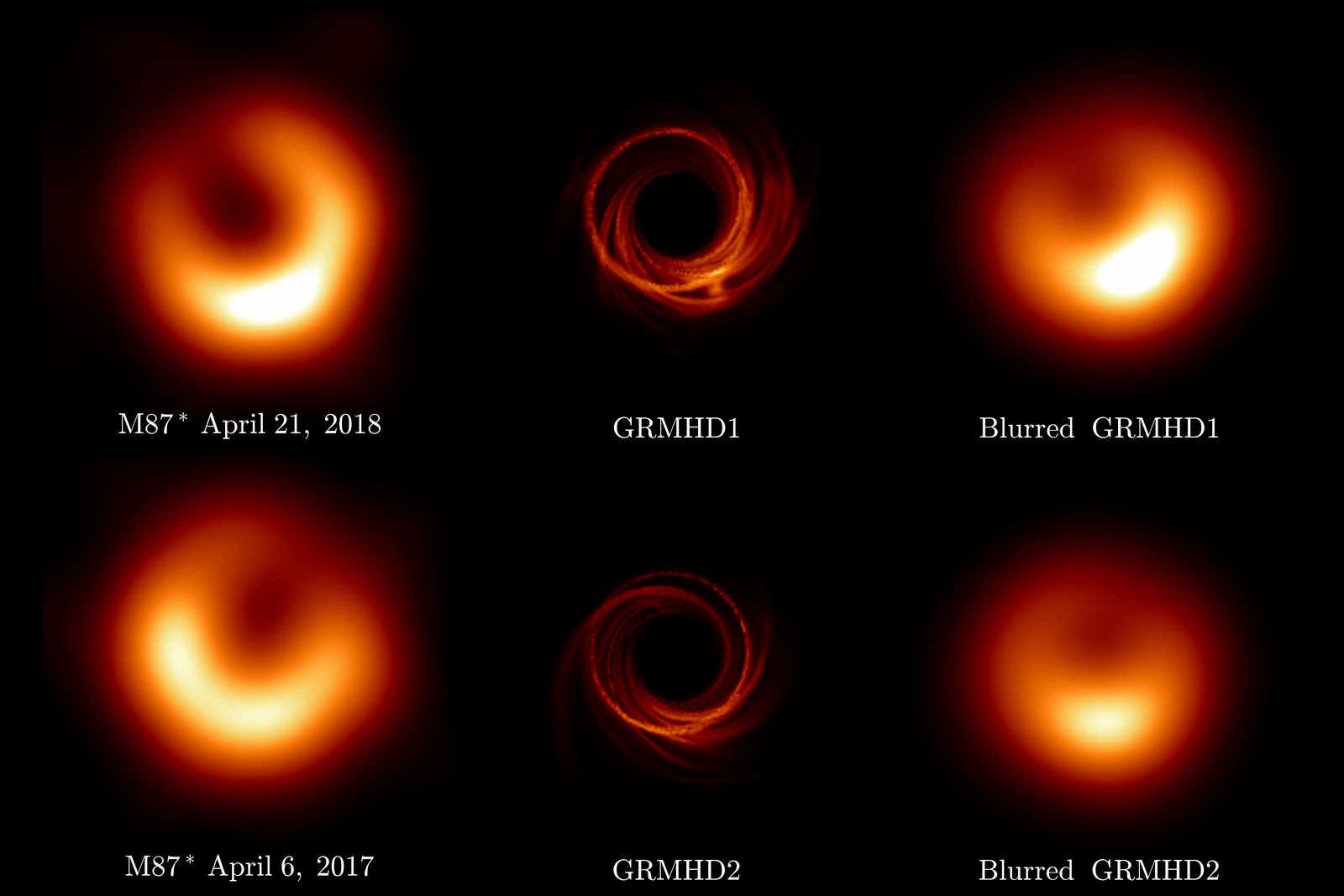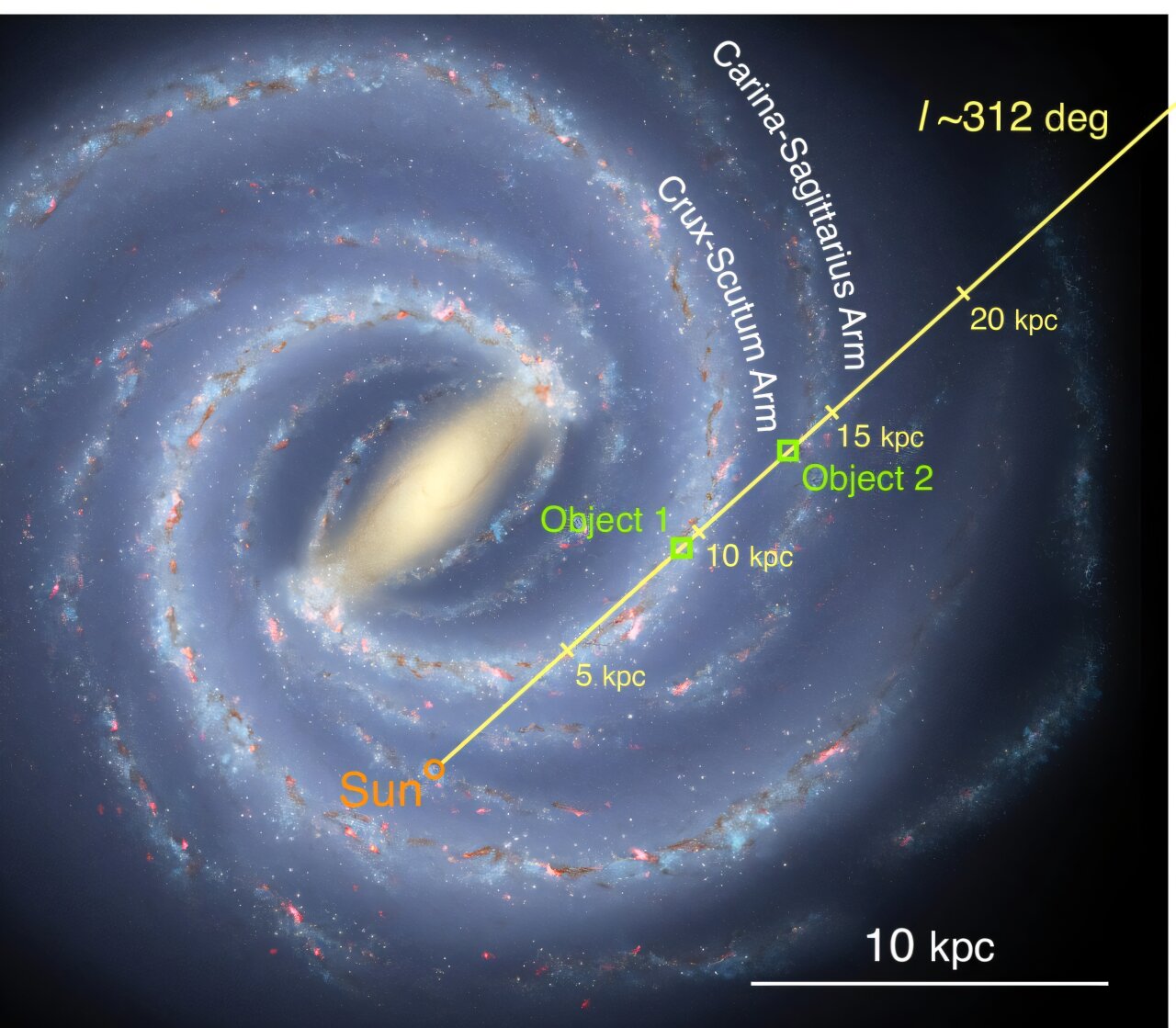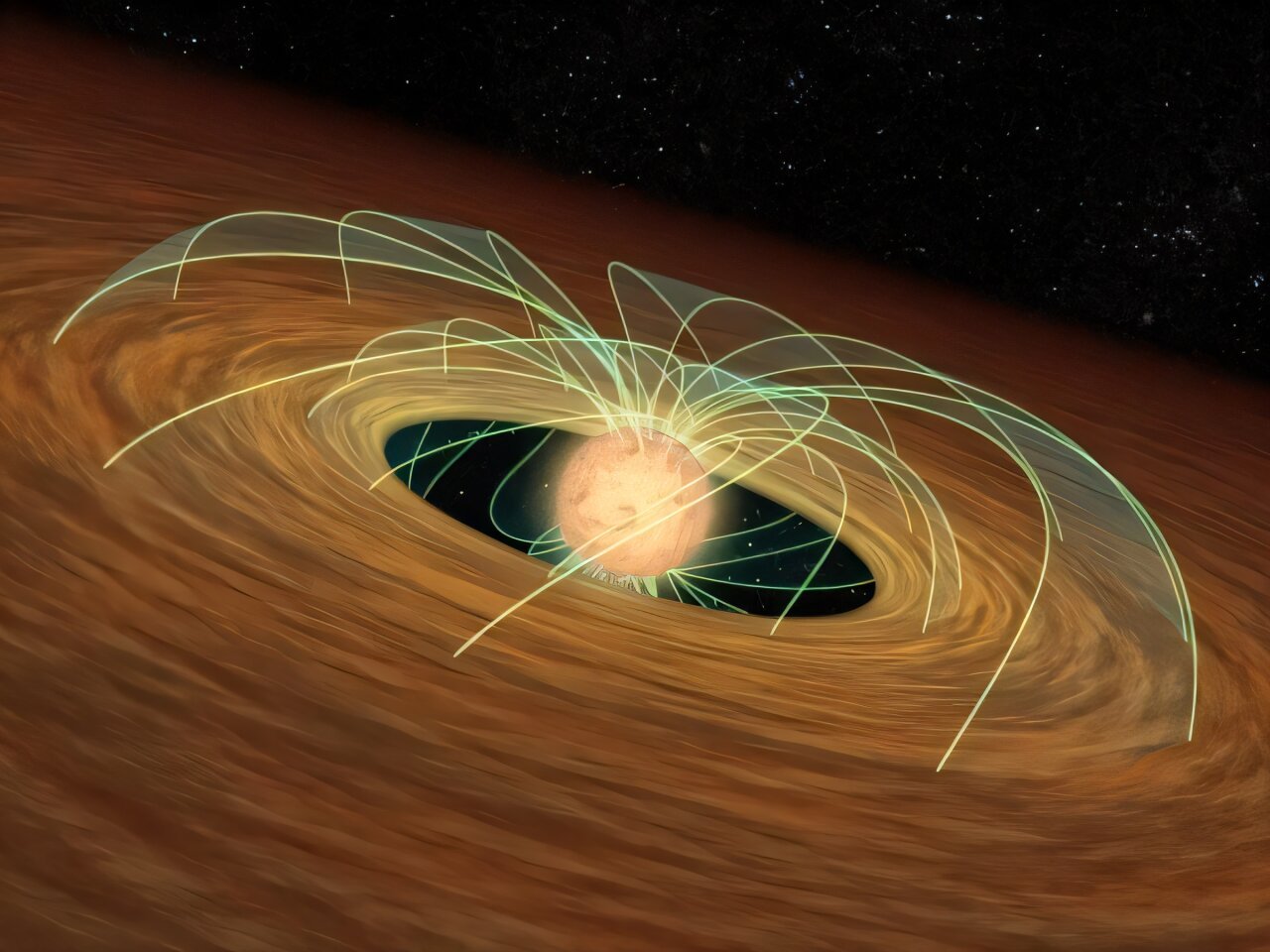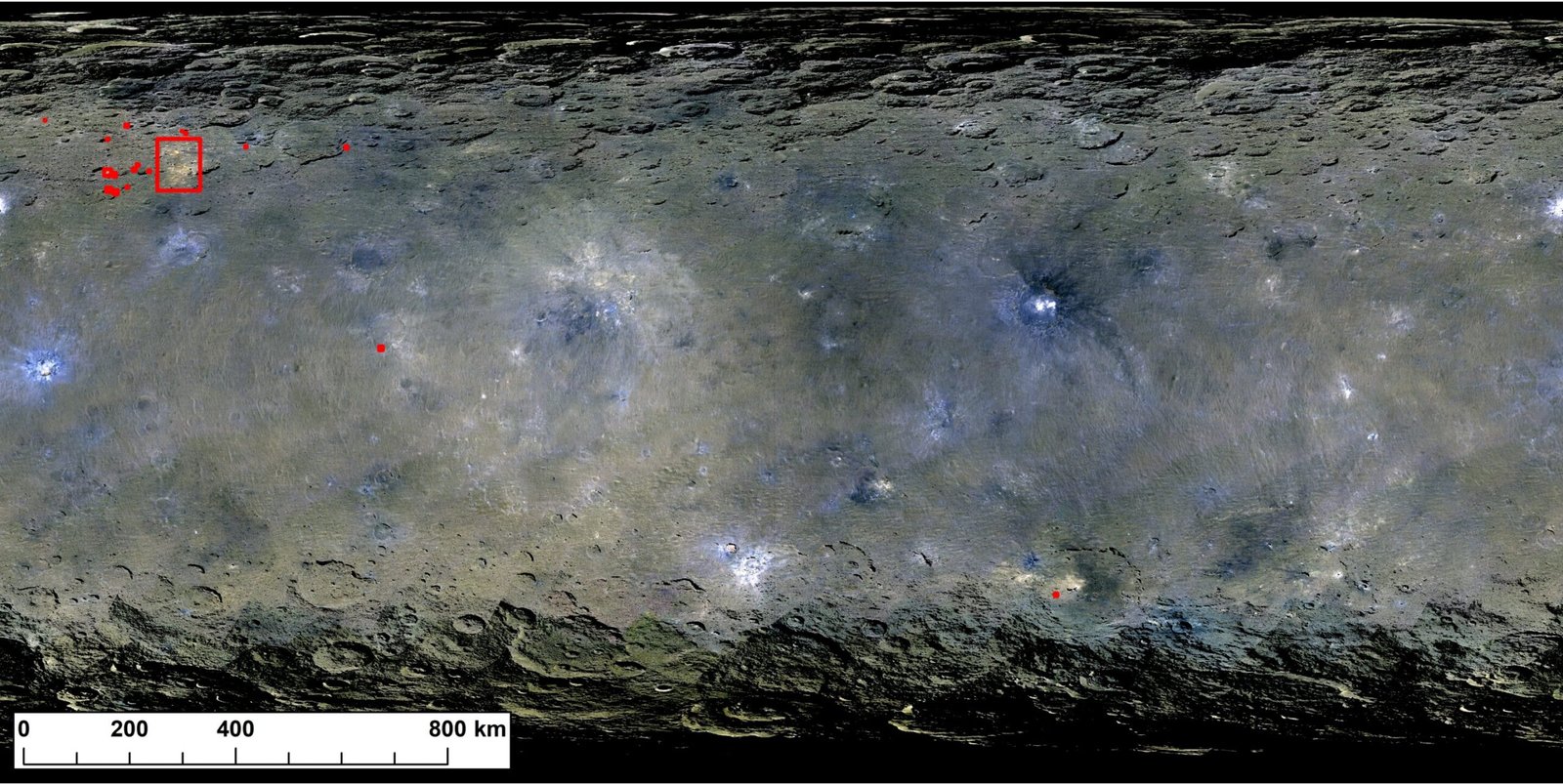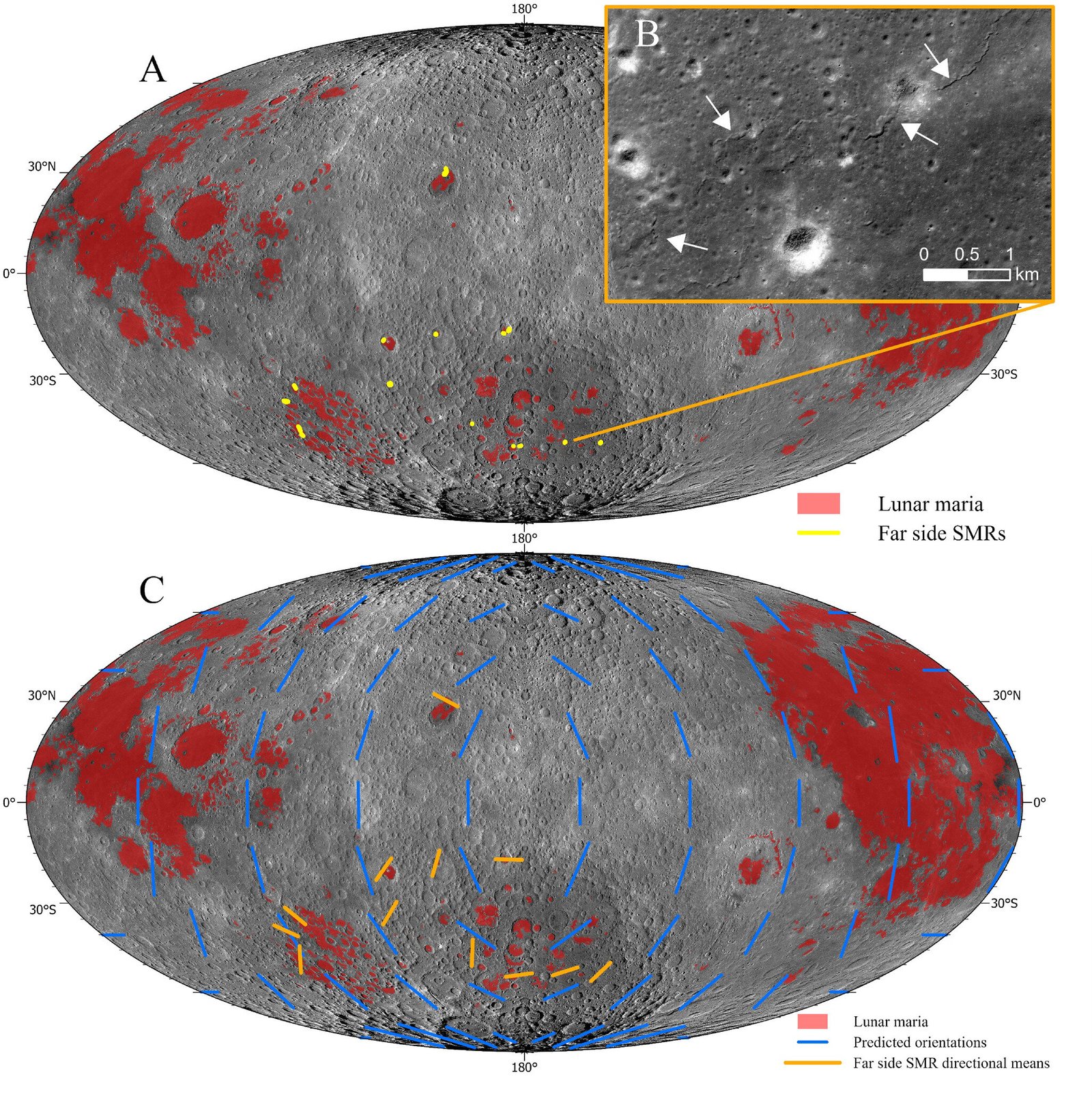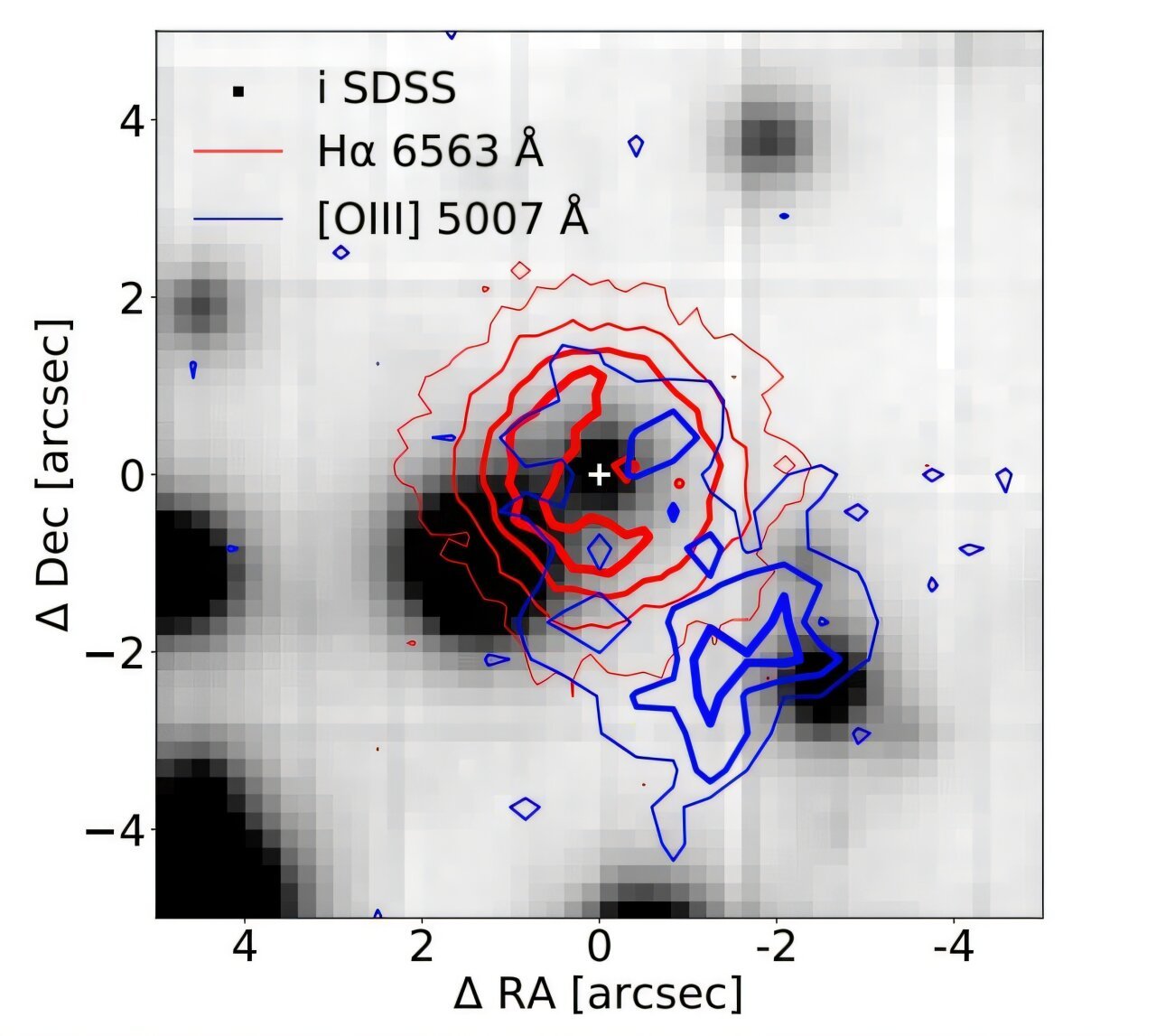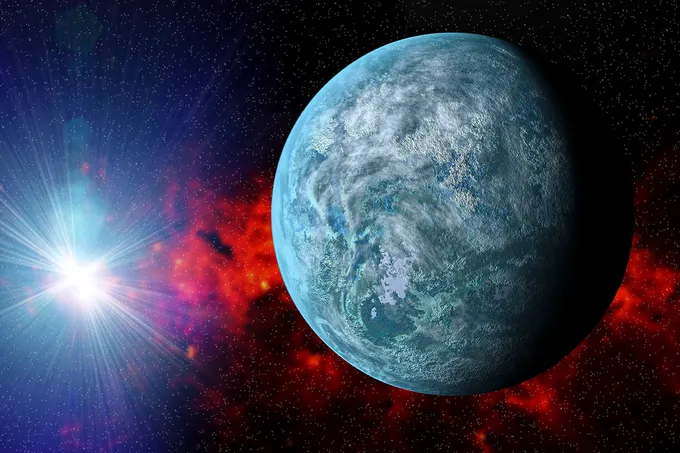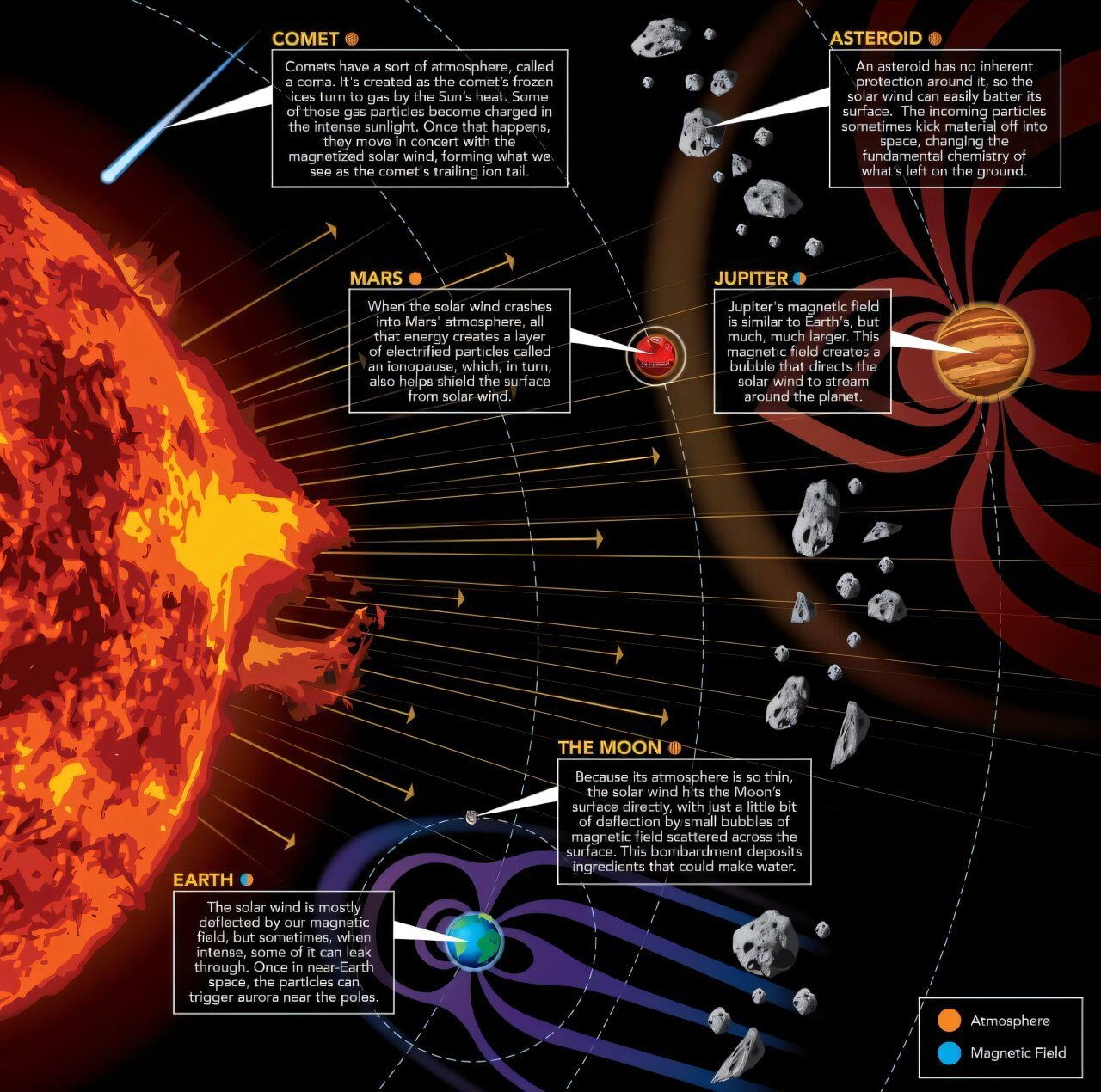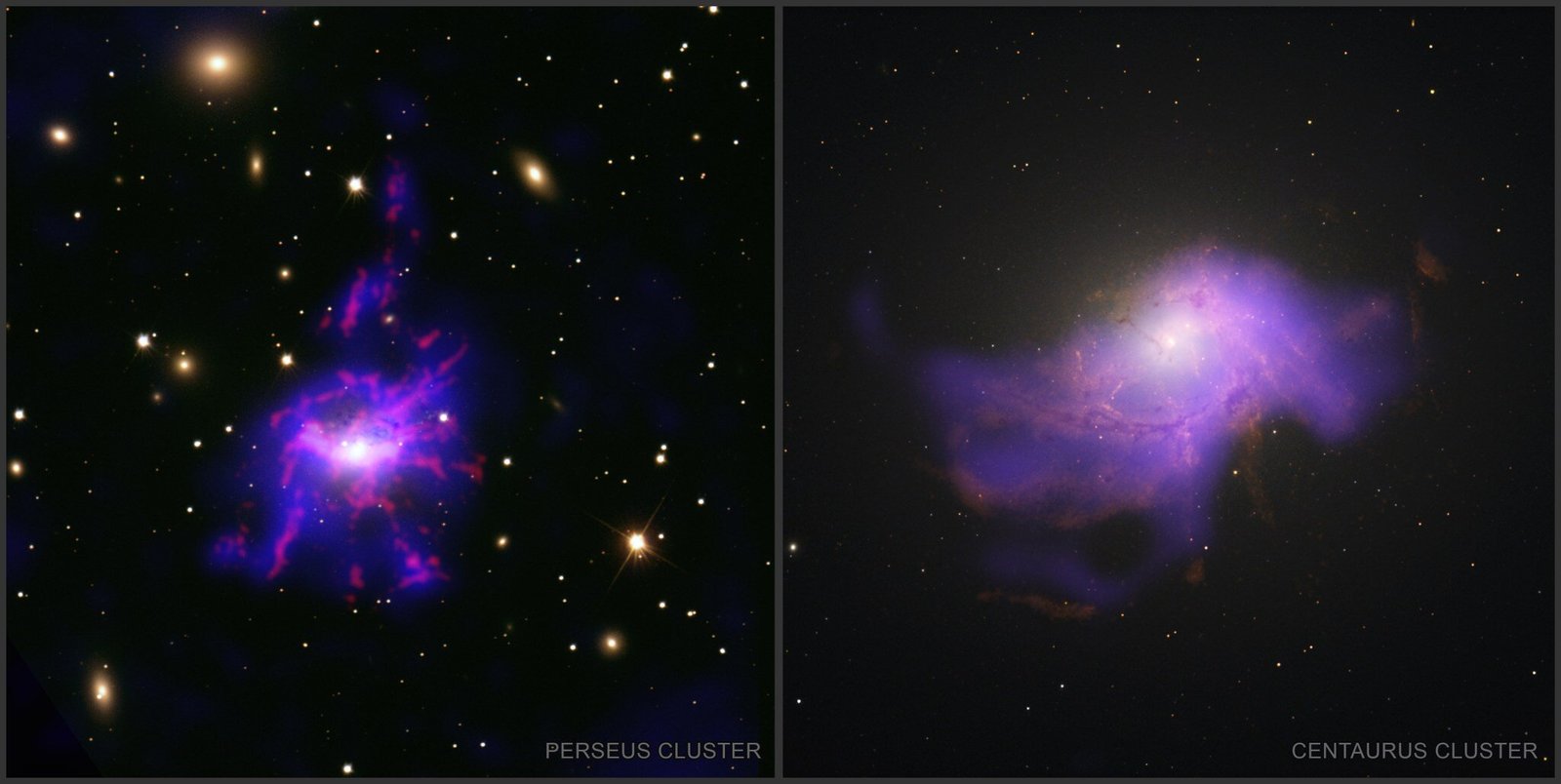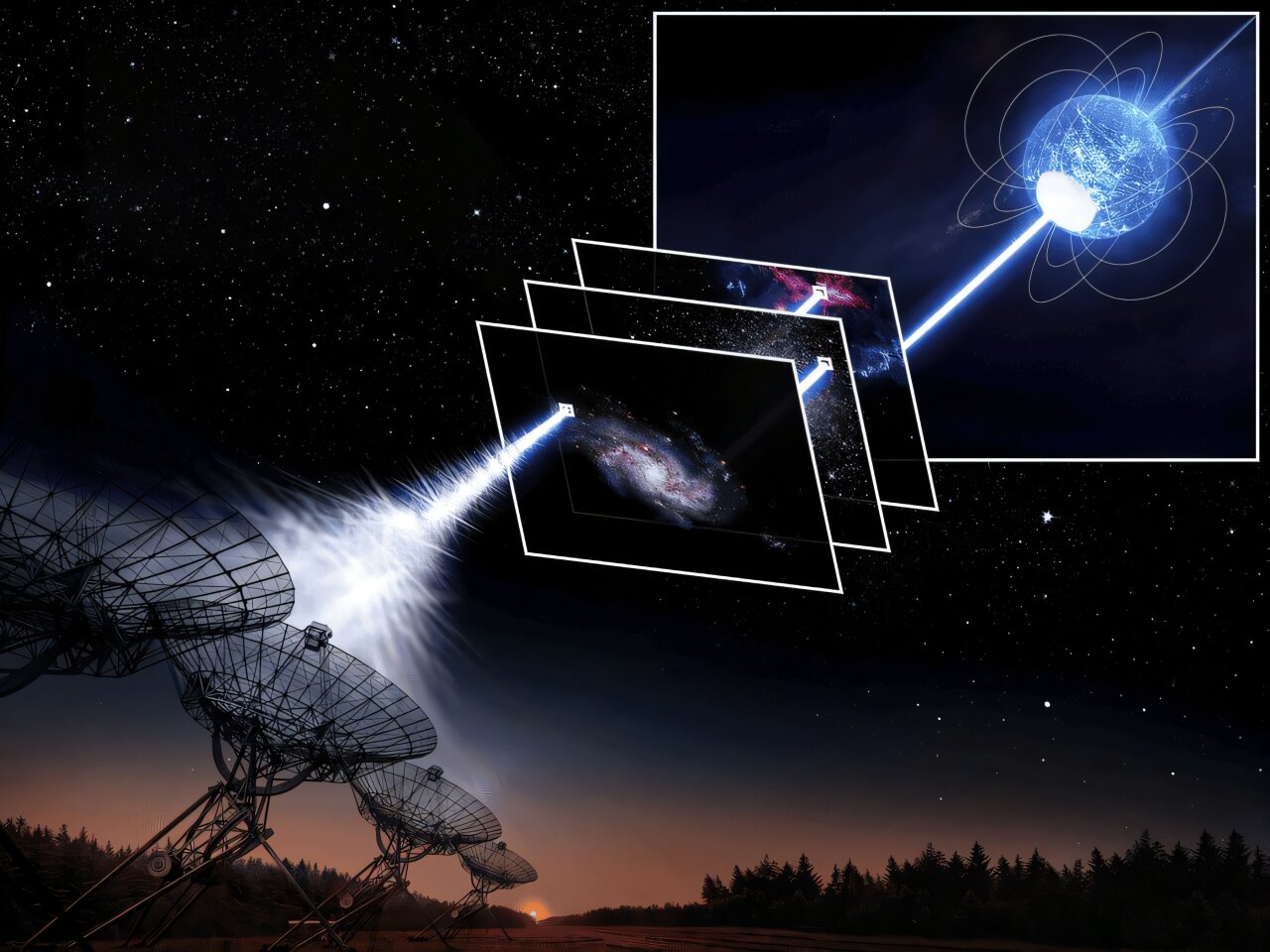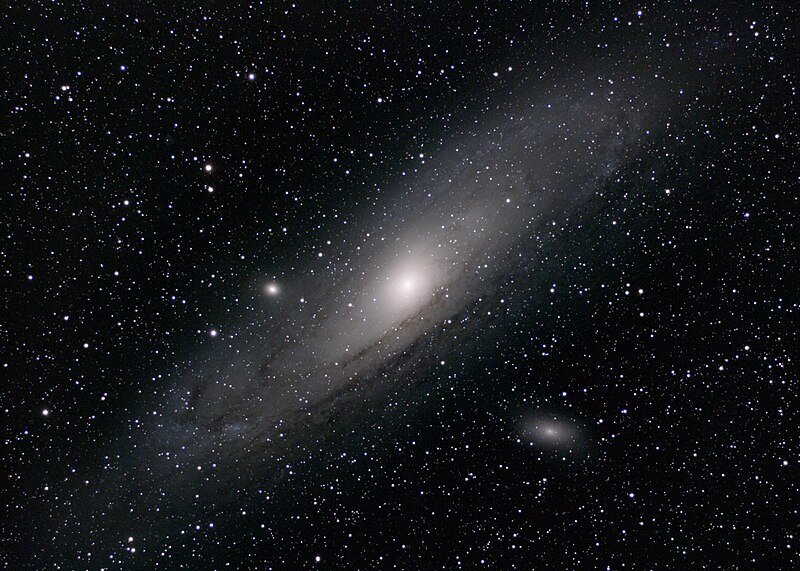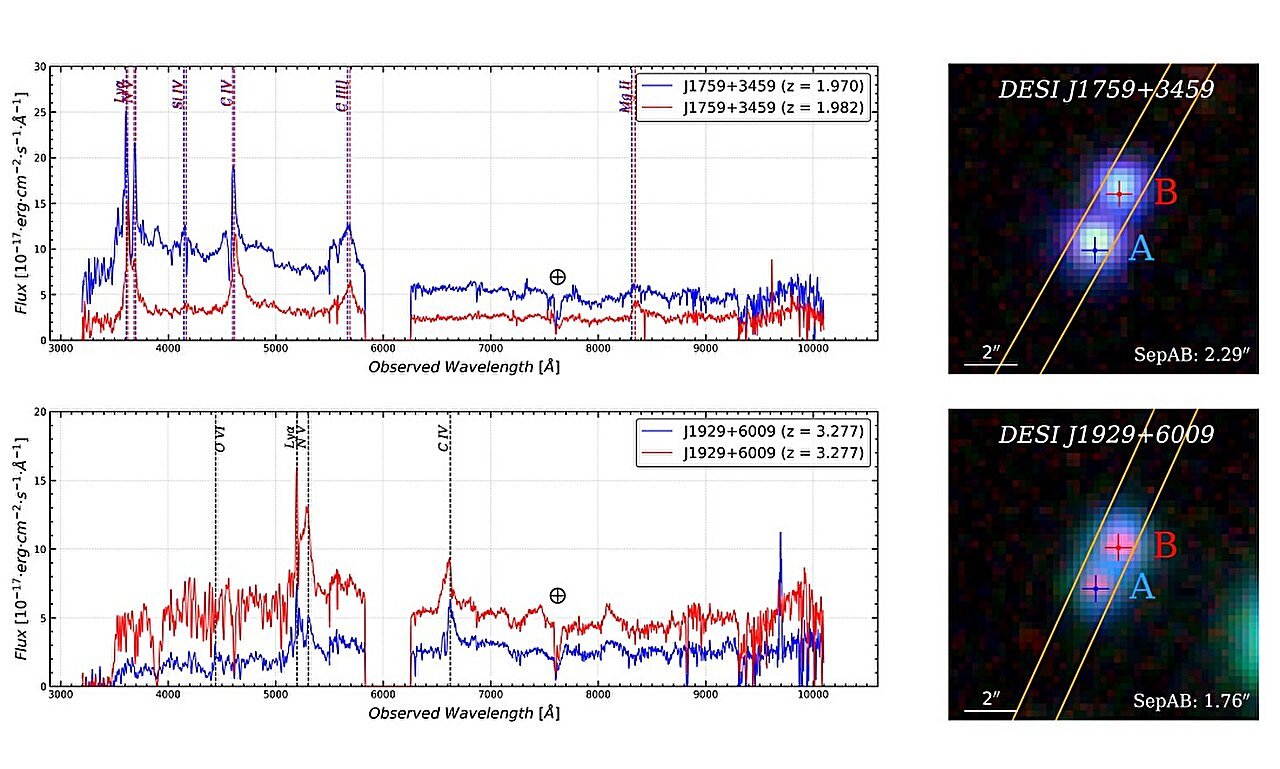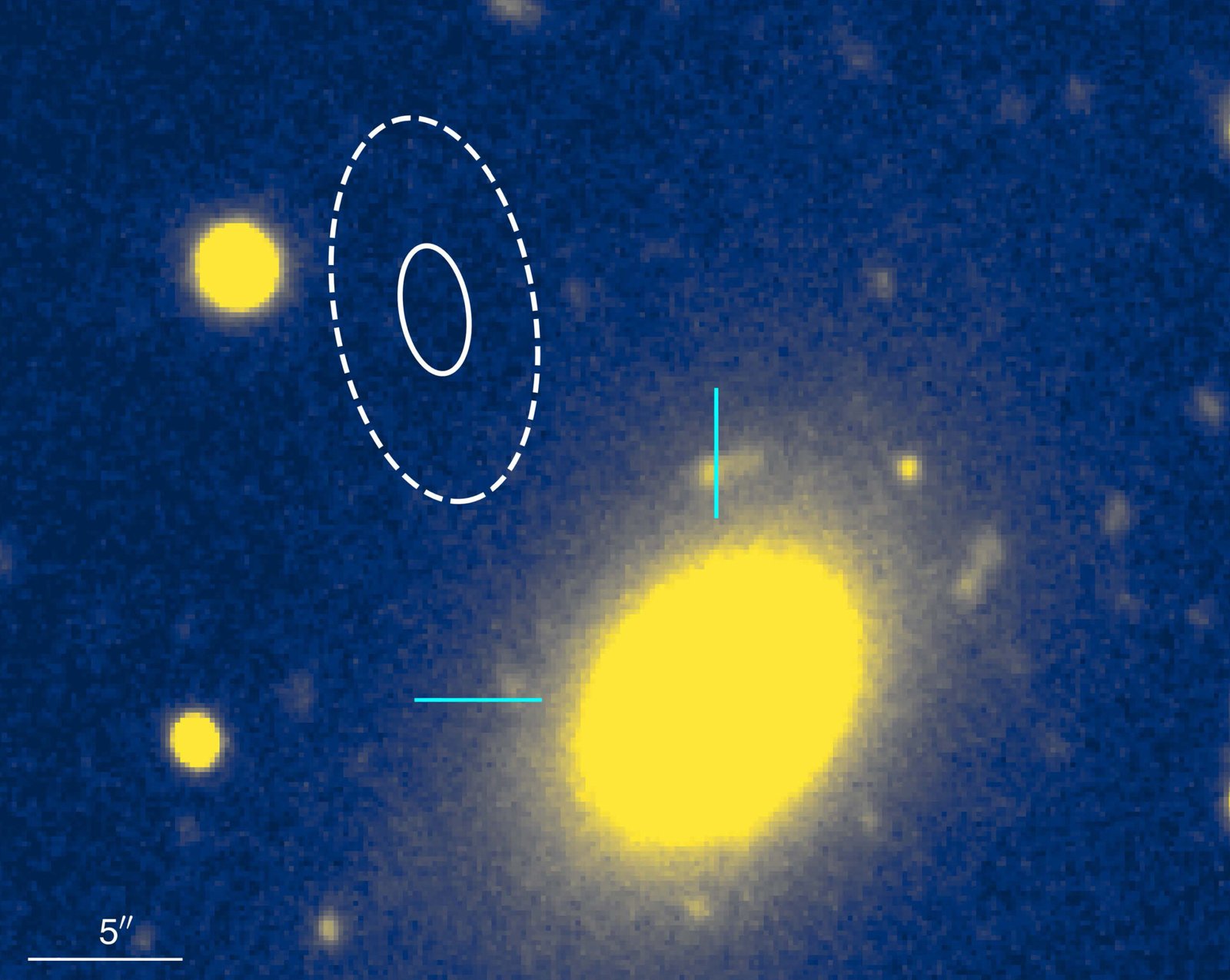Astronomers from the University of California Santa Cruz (UCSC), along with their collaborators, have used the Hubble Space Telescope (HST) to conduct an in-depth study of an intriguing ultra-diffuse galaxy…
Category: Astronomy
New Images Reveal Unexpected Turbulence and Rotational Axis of M87’s Supermassive Black Hole
The event horizon is one of the most intriguing features of a black hole, serving as the ultimate boundary in space. In recent years, this mysterious region has garnered significant…
Hydrogen Cycles and Episodic Warming on Early Mars
The enigma of how ancient Mars, with its now cold and dry landscape, once boasted flowing rivers, lakes, and possibly even conditions conducive to life has intrigued scientists for decades.…
New Hot Spot Discovered on Jupiter’s Volcanic Moon Io
Io, one of Jupiter’s moons, holds the title of being the most volcanic object in our solar system, and new data collected by NASA’s Juno spacecraft confirms the moon’s dynamic…
“Peculiar Embedded Icy Objects” Discovered in Outer Galaxy
A team of astronomers from the University of Tokyo and Niigata University have made an intriguing discovery of what they are calling “peculiar embedded icy objects” in deep space, sparking…
The Metal Secret to Finding Earth-Like Planets
The search for exoplanets, or planets beyond our solar system, has captivated the scientific community for over two decades, especially as advancements in detection technologies reveal increasingly more about the…
Magnetic Fields Impose Early Mass Limits on Population III Stars
The process of star formation in the early universe, particularly the formation of Population III (Pop III) stars, is a fascinating and crucial element of cosmological theory. These stars are…
New Study Suggests Exogenic Origin for Organic Material on Ceres
The discovery of organic material on Ceres, a dwarf planet located in the asteroid belt, has intrigued scientists for years. Recent research, led by the Max Planck Institute for Solar…
Discovery of Young Ridges on the Moon’s Far Side Suggests Ongoing Tectonic Activity
For decades, scientists have regarded the Moon as a geologically inert body, long past its active geological phase. The Moon’s surface has been extensively studied to uncover its complex geological…
The Mysterious Arc-Shaped Nova Shell of V1425 Aql
Astronomers using the Very Large Telescope (VLT) in Chile have recently made a groundbreaking discovery related to the cataclysmic variable system V1425 Aql. This system, which was previously observed to…
Super-Earth Found in “Goldilocks Zone”
In the quest to answer the age-old question, “Are we alone in the universe?” scientists have made remarkable progress over the past few decades. Thanks to technological advances in observational…
Recoil, Radiation Pressure, and Other Nongravitational Forces Influencing Small Solar System Bodies
Since Isaac Newton first formalized the concept of gravity, its role as the dominant force governing the movements of celestial bodies has been firmly established. Gravity dictates the orbits of…
Black Hole Outbursts Drive Gas Cooling and Fuel Continued Growth in Galaxy Clusters
Astronomers have made a significant advance in understanding how the most massive black holes in the universe sustain themselves by “creating their own meals.” By studying seven galaxy clusters, they…
The Fascinating Science and Mysteries of the Full Moon
The full moon, an astronomical and mystical phenomenon, has captivated humanity for centuries. Its brilliant and commanding presence in the night sky offers both a scientific marvel and a source…
New Discovery Challenges Our Understanding of Fast Radio Bursts and Their Origins
Fast Radio Bursts (FRBs) are among the most intriguing and enigmatic phenomena in modern astrophysics. Since their discovery in 2007, they have posed a series of complex questions that continue…
The Discovery of Galaxies Beyond the Milky Way
A hundred years ago, astronomer Edwin Hubble dramatically expanded the size of the known universe. At a meeting of the American Astronomical Society in January 1925, a paper read by…
Helioseismic Measurements Confirm Experimental Findings on Solar Radiative Opacity
A breakthrough in solar physics has been achieved through a pioneering approach to measure the solar radiative opacity under extreme conditions, providing valuable insights into atomic physics and confirming recent…
Astronomers Uncover 19 New Quasars
In a recent groundbreaking study, Chinese astronomers have made significant discoveries in the realm of quasar research. By investigating a catalog of quasar candidates from the DESI Legacy Surveys (DESI-LS),…
Fast Radio Burst Detected in the Outskirts of an Ancient Elliptical Galaxy
Astronomers and astrophysicists have long been captivated by the enigma of Fast Radio Bursts (FRBs)—the intense, fleeting bursts of radio waves that seem to emanate from deep space. These bursts…
Biomechanical Changes in Astronaut Eyes During Long-Duration Spaceflight
In space, astronauts face a wide range of physical challenges due to the environment of microgravity, particularly affecting their eyes and vision. Research has shown that extended stays aboard the…

